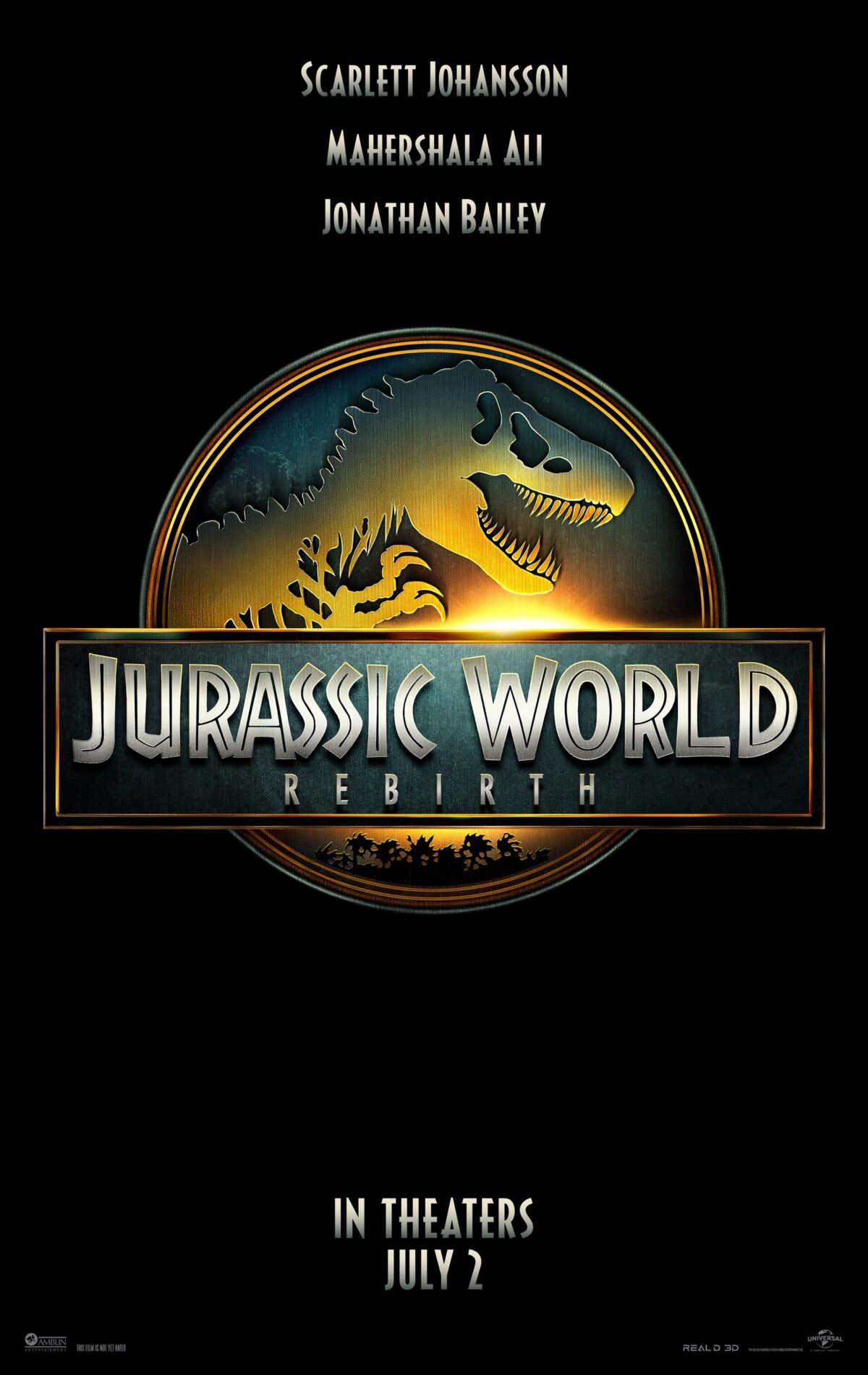When you fill a film with mutants, you apparently create a mutant film: one whose disparate DNA sequences and mismatched body parts refuse to coalesce into a coherent organism.
There are signs that this should work. It has a reasonably strong cast led by both veteran action heroes and the right kind of nerds, as well as the innocence of children. The return of screenwriter David Koepp to the franchise is another good sign. And Gareth Edwards as director certainly has the right credentials for a Jurassic film, having proven his ability to handle intense creature features and sustained tension.
Annoyingly, the creators seemed to forget the Jurassic Park trilogy ever existed: calling Jurassic World “the original park” for which this new island was a research lab. In the same way the existence of Isla Sorna in The Lost World exposed John Hammond’s lies in Jurassic Park, Rebirth retcons what we saw and heard about the creation of hybrids in Jurassic World, Fallen Kingdom, and later in the animated series Camp Cretaceous, but not in a satisfying way. The film contradicts established lore about InGen’s operations and the timeline of genetic experimentation without offering compelling narrative justification. Whether this was a deliberate attempt at mystery making or just a lack of care for the source material is unclear.
Île Saint-Hubert is a fascinating locational addition to the series, but ultimately it raises more questions than it answers. Why did InGen (then owned by Masrani) spend (presumably) billions on a lab here when they still would have had access to Isla Sorna, and had the operational park on Nublar? Why abandon that lab and the whole island after one containment breach? If the lab is for weird experiments only, why is there a mix of both realistic creatures and weird mutants? Did the Titanosaurs swim here?
Then there is Henry Loomis. Loomis is a palaeontologist who calls flying and marine reptiles dinosaurs, and specifically refers to a Quetzalcoatlus as “an avian type (dinosaur).” Pterosaurs are reptiles, but they’re not dinosaurs, and they’re certainly not avian. Even O.C. Marsh would roll in his grave! There was some interesting lore thrown in, and at least the creators attempted to address why the formerly global population of prehistoric creatures was now confined to the equator AND why they needed samples from living creatures. Nonetheless, this is not one for the science nerds.
All that said, the creators did seem to pay attention to animal behaviour. The T. rex waking from a nap after feeding and being more concerned about drinking than immediately chasing tiny humans. The spinosaurs similarly giving up after they had eaten their fill rather than just voraciously chasing down every living thing. And the massive herd of titanosaurs was magnificent to watch. These details matter because they ground the fantastical elements in believable animals, maintaining the franchise’s best tradition of treating its creatures as animals first, monsters second. This, however, does not apply in scenes where the monsters are the leads.
The much-awaited raft scene inspired by Michael Crichton’s original novel was wonderful, and the garage attack and tunnel escape was practically ripped from the pages of the The Lost World, so these are tonally significant and strong additions to the film – perhaps the best moments.
Ultimately, Rebirth demonstrates competence in its action sequences and creature work, but narrative failures prevent it from being anything more than a beautifully rendered mess. The small details suggest the filmmakers understand what made the original films work, but the big picture reveals they’ve lost sight of why those details mattered.
